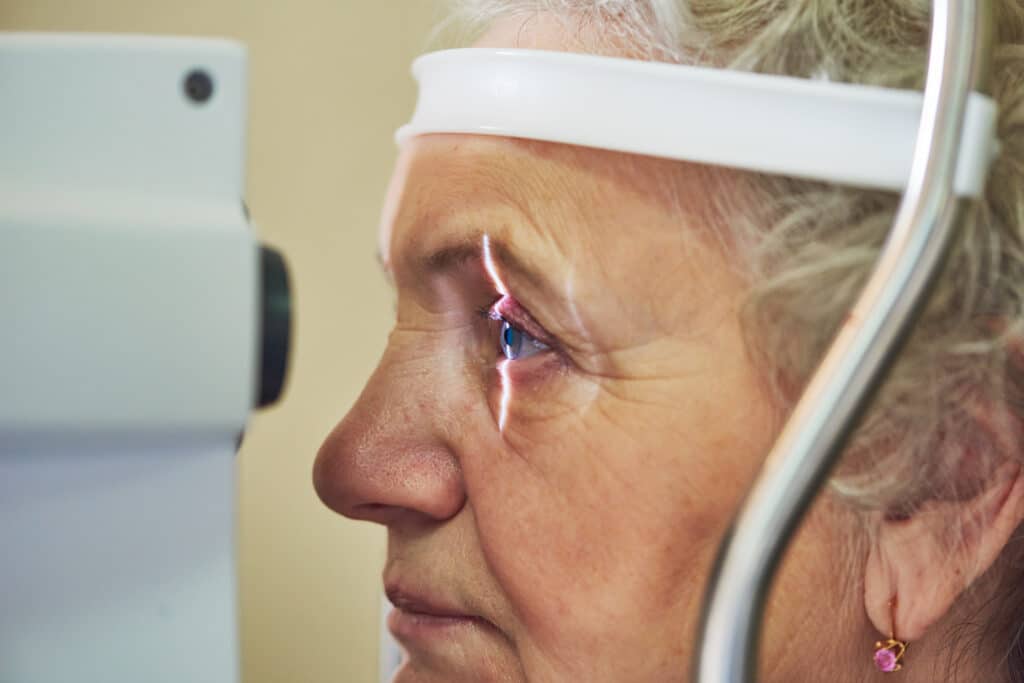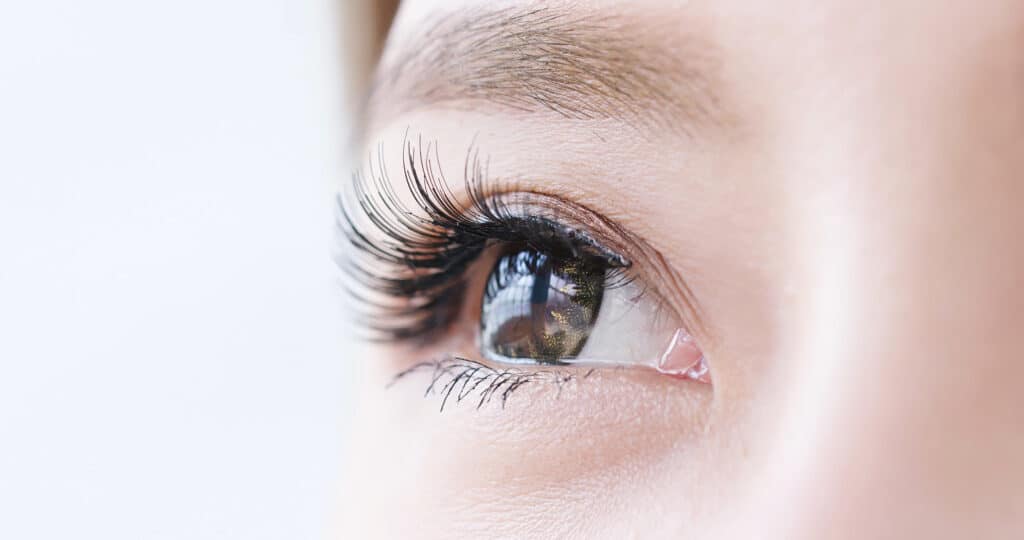Common Eye Surgeries for Every Age Group
December 10, 2019
As we age, it is natural that the health and performance of our eyes will change and eventually need an intervention to maintain effectiveness. These changes happen at varying rates, impacted by factors like genetics and health-related behaviors. When considering treatment options, we must also assess how our eyesight affects our daily lives, taking into account age, lifestyle, and everyday activities.
While contact lenses and glasses may be suitable for many years, there will likely come a time where they are no longer sufficient. Others may simply be looking for a more long-term vision solution to simplify their life. While all vision needs are unique, it is important to understand that there is a wide variety of corrective eye surgeries to consider — and these may change as you get older.
Below are the most common eye surgeries we see within different age groups.

Common Eye Procedures for Ages 20-35
As a young adult, you likely have “healthy” eyes regardless of vision and haven’t yet developed the need for reading glasses. The fact that you are working with a naturally clear and still-flexible lens may make you a better candidate for a quick and easy procedure that will allow you to ditch your contacts and glasses for years to come.
- LASIK — Perhaps the most well-known of eye surgeries, LASIK (short for Laser-Assisted In Situ Keratomileusis) uses a laser to reshape the cornea to correct nearsightedness, farsightedness, and astigmatism. By correcting imperfections of the cornea with LASIK, light can be properly focused to accurately produce an image on the retina, giving you the freedom of sharper vision.
- SMILE — As the first major innovation in laser vision correction since LASIK, SMILE (short for Small Incision Lenticule Extraction) removes a thin, contact lens-shaped layer just beneath the surface of the eye, gently reshaping the cornea to correct its refractive error. This highly precise procedure lasts only a few minutes total, is relatively comfortable and convenient, and the visual outcome is highly predictable.
Common Eye Procedures for Ages 35-55
From your mid-thirties to mid-fifties, notable changes may begin occurring within your eyes. For example, you may start to need reading glasses for the first time or begin experiencing more issues with dry eyes and eye allergies. For many who fall within this age bracket, LASIK or SMILE may still be a viable option; however, this is when we also begin to see success with the implementation of refractive lens exchange surgery.
- Refractive Lens Exchange — For those who have presbyopia (normal loss of near-focusing ability with age) or significant farsightedness, Refractive Lens Exchange (RLE) may be a better option than LASIK or SMILE. This procedure replaces your eye’s natural lens with an artificial intraocular lens, delivering sharp and stable vision without risk of regression. While this is a more complex procedure than LASIK, it provides a similar outcome and has many benefits of its own — while serving a demographic that has more significant corrective-vision needs.
The Path to Clearer Vision Starts Here
Common Eye Procedures for Ages 55+
As you surpass your mid-fifties, visual clarity will be naturally declining (for those who have yet to have RLE or a similar procedure). In this age range, it is likely you have already been using progressive lenses to correct accommodation issues, and you may start noticing the onset of dysfunctional lens syndrome and/or cataracts. These are both perfectly normal parts of the aging process.
Dysfunctional lens syndrome is the natural degeneration of functional vision as a result of changes in the crystalline lens. Common symptoms may include stiffness of the lens, reduction of focusing power and near vision, and decreased contrast and night vision.
A cataract is a clouding of the natural lens of the eye, which blocks light from entering the eye — decreasing the quality of vision and causing glare. You will notice that even with glasses, cloudy or blurry vision remains.
At this stage, a common recommendation is to undergo cataract surgery or premium lens surgery.
- Cataract Surgery — This procedure is virtually identical to a refractive lens exchange, but in this instance the catalyst to undergoing surgery is the cloudy lens, known as a cataract. This procedure takes just 8-15 minutes to complete and the average patient achieves drastically better vision within the first 24 hours of the procedure. Although this surgery is life-changing for most, glasses will likely still be needed to help with reading and other close-up tasks.
- Premium Lens Surgery — As an alternative for those needing to undergo cataract surgery, premium lens implants may reduce or eliminate the need for glasses altogether. This is the only option that allows both distance and near vision in each eye without glasses. It should be noted, however, that premium lenses are considered to be elective upgrades and are not covered by medical insurance.
Conclusion
While we understand the frustration that comes along with a decline in visual acuity and clarity, we hope this article demonstrates there are a wide variety of common and effective treatments to pursue regardless of age.
Please note this is a general overview and not an exhaustive list of treatments and procedures that may help you achieve your vision goals. Request a consultation with our doctors or contact your local ophthalmologist to discuss your unique situation.


